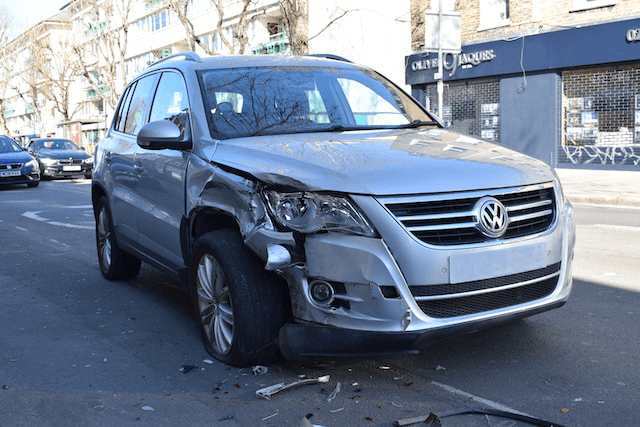What is DCPD?
DCPD is a type of car insurance coverage that exists in many provinces that don’t have public auto insurers. Alberta, Ontario, Quebec, Nova Scotia, New Brunswick, Newfoundland and Labrador, and PEI all have DCPD systems. In most places, DCPD is mandatory. However, drivers in Ontario and Alberta have the option to opt out of the coverage.
DCPD covers damage to the insured vehicle, but only damage sustained in an accident for which the driver is not at fault. When it applies, DCPD also covers loss of use of the insured vehicle (for example, the cost of a rental car or taxi).
If you make a claim under DCPD coverage, it’s your own insurance provider that will cover the costs for which someone else is at fault. Unlike other car insurance systems, there’s no need for you to personally to chase down at-fault drivers or deal with their insurers.
How does DCPD work?
When you’re in a vehicle accident, DCPD will cover the cost of repairing or replacing your vehicle—but only if you’re not at fault for the accident. If you are at fault, you would need to have collision coverage or all perils coverage instead.
If you’re in an accident, and another driver is 100% at fault, the process is easy: you simply start a claim with your insurance provider, who will cover the cost of repairing your vehicle under DCPD. If, however, you are 100% at fault for the accident, DCPD would not apply. In this case, the damage would only be covered if your policy included collision coverage, which is optional.
What if you’re partially at fault for an accident?
Let’s say you’re in an accident with another vehicle, and each driver is 50% at fault. In this case, your insurer would pay half of your repair costs under DCPD, and the other half under your own collision coverage (if you have it). If you didn’t have collision coverage, you would have to pay 50% of the repair costs yourself.
DCPD and deductibles
A deductible is the amount of money that you’ll pay when you make an insurance claim before your policy pays the remainder.
There is typically no deductible to pay for DCPD claims. Sometimes, you can choose to add a DCPD deductible to your policy to reduce your premiums.
If you’re making a claim that involves both DCPD and collision coverage (as in the prior 50/50 fault example), the deductible situation is a little more complicated.
Let’s say your policy has a $0 DCPD deductible and a $500 collision deductible. You’re 50% at-fault for an accident. In this situation, DCPD would pay for half the repairs with no deductible, and collision coverage would pay for the other 50%, but you would pay 50% of your collision deductible (in this case, $250).
So, if the repairs cost $5,000, it would look like this:
DCPD pays $2,500 (50% of repairs)
Collision pays $2,250 (50% of repairs, minus 50% of the $500 deductible)
In summary, your policy pays $4,750 for the repairs, and you pay $250 of your collision deductible.
Determining fault
When it comes to vehicle accidents, assigning fault to each driver involved is an important part of the insurance process. While it seems complicated, each province has very detailed rules for determining fault that streamline the process.
For example, Ontario’s fault determination rules describe a range of traffic scenarios that assign each driver 0, 25, 50, 75, or 100 percent fault for an accident. Similar rules exist in Alberta, Quebec, and other provinces.


